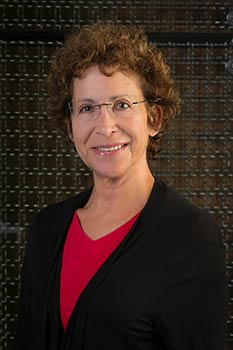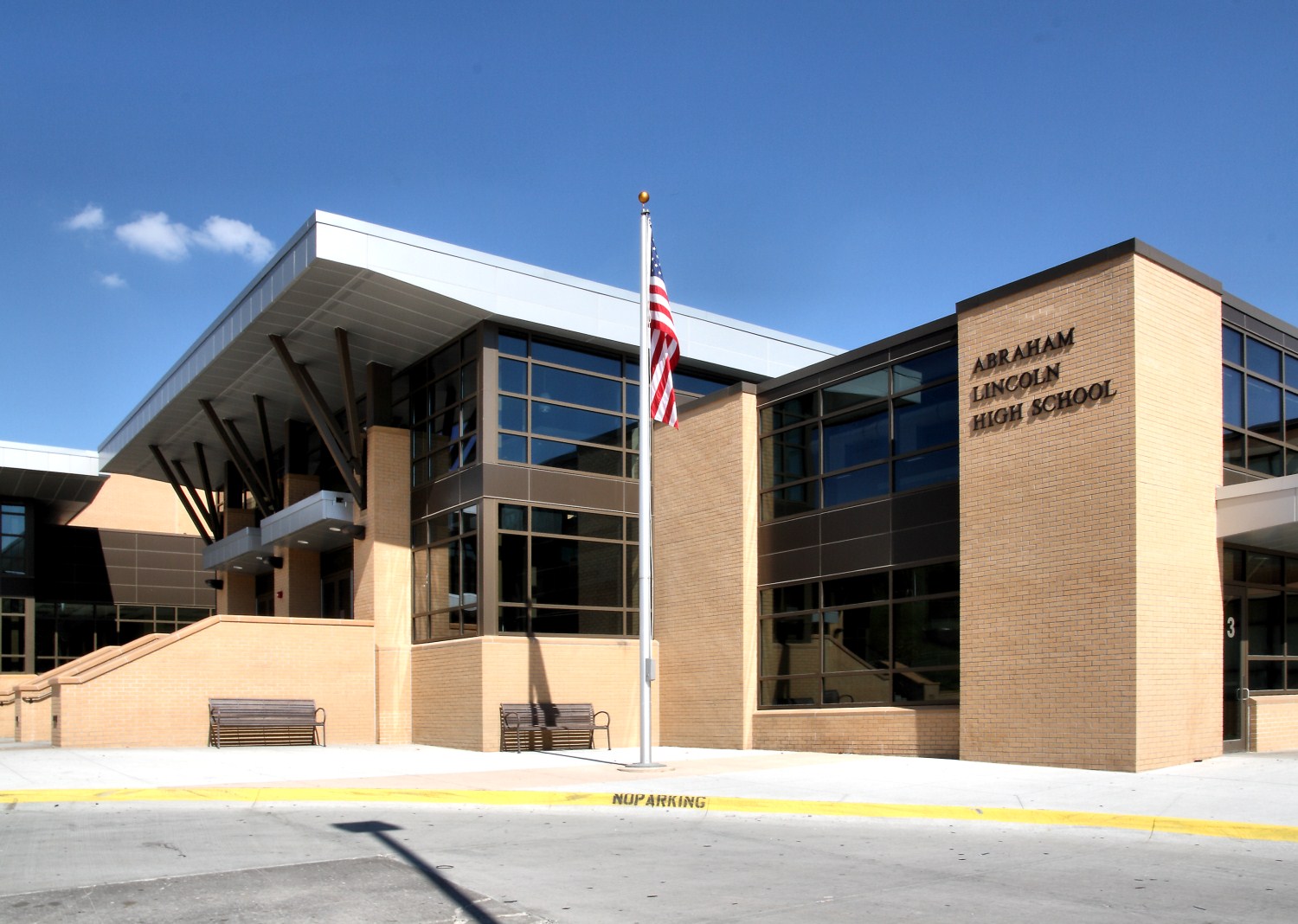Not known Details About Plumbing Companies Omaha Ne
Table of ContentsAn Unbiased View of Hvac Contractors Omaha NeA Biased View of Heating Contractors Omaha NeThe Basic Principles Of Commercial Air Conditioner Omaha Ne The Buzz on Hvac Installation Omaha Ne
A lot of modern buildings today are geared up with some form of A/C system, and probably 100% of them are controlled by a feedback control system as in Fig. 1. 1. For this system, the objective is to maintain a wanted temperature in a given space by constantly comparing the real temperature level to the desired temperature (mistake) and activating the system appropriately. Air Conditioning Service Omaha Ne.
No matter how the system is actuated, the goal and control structure are the exact same. The one thing that prevails to all of these vastly different systems is the structure of the control system. That is, every system constructs a mistake signal by feeding back the real measurement of the output and compares it to the preferred value.

Then the cycle begins all over again. Image another example to which the unity-feedback control structure applies. Imagine balancing a long wooden dowel vertically on the palm of your hand (see Fig. 1. 2). Figure 1. 2. A bio-mechanical feedback control example Attempt to relate this bio-mechanical system to the unity-feedback control diagram in Fig.
Everything about Mechanical Contractors Omaha Ne

Now, while you have actually got the stick balanced, attempt closing you eyes. If you resemble 99% of the population, the stick fell down. Let's see how this correlates to the block diagram. Figure 1. 3 (Hvac Installation Omaha Ne). An open-loop system. When you closed your eyes, you eliminated the sensing unit from the system. Without a sensor, the measurement y( t) can not be fed back, and the mistake signal no longer equates to r( t)- y( t), in fact it simply equals r( t) (see Fig.
3). This indicates that the controller (you brain in this case) has no information about the current state of the system (is the stick balanced?) and can not wisely choose how to actuate the system (how should you move your hand?). In this scenario, the system is stated to be running open-loop.
Now that we have a sense for what open-loop and closed-loop systems are, let's talk about some of the pro's and con's of each: As we saw in the stick balancing example, in an open-loop system there is no feedback path. This means that, in order to do any meaningful control design, we should understand the plant design P( s) precisely.
Plumbing Companies Omaha Ne Fundamentals Explained
The following notes some crucial facts about open-loop systems: If the plant P( s) is unstable to begin with, then open-loop control will never ever be able to support the system. Thinking the control command u( t) is really the only option. Frequently an intelligent guess is made via a lookup table in systems where the plant is stable and relatively well-known.
The key benefit of a closed-loop system is that the controller C( s) always knows about the present state of the system, and can thus wisely choose how to drive the system with an appropriate control command u( t). The following lists some essential truths about closed-loop systems: go to my site A closed-loop system can stabilize and unstable plant P( s).
This is one of the primary benefits of utilizing closed-loop control. Closing the loop around a plant can enhance the performance of an already-stable system. The engineer can create the controller C( s) to stress different system efficiency qualities, i. e. stability, tracking, effectiveness. The advantages of utilizing closed-loop feedback control are clear, and we will be specifically studying feedback systems for the period of this course.
1. 1), the input to the controller C( s) is: Ar( t), the referral, or wanted output signalCr( t) - y( t), the distinction between the desired output and the true outputDu( t), the control commandWhat signal is actually used to the real-life system and makes it move?Cu( t), the control commandDr( t), the referral signalHow is the go to website measurement y( t) obtained in genuine life?How is the control command u( t) physically applied to the real system?In the stick balancing example, if you close your eyes, what component of the control loop have you eliminated?.
Plumbing Contractors Omaha Ne Can Be Fun For Everyone
Mechanical systems are hardware items frequently with incorporated controls which shall streamline and improve our lives. A few examples are manufacturing makers, positioning gadgets, automobiles and their components, and so on. Their function is closely controlled by large commercial freezer adjusted electronic devices & software application, monitoring information can be produced by incorporated sensing units permitting for brand-new function and maintenance ideas.
The Lucerne University of Applied Sciences and Arts' Skills Centre Mechanical Systems (CCMS) focus is the advancement of such systems. Its areas of know-how are style, simulation, mechanics, hydraulics, robotics, automation, production and measurement engineering. Driven by the ever increasing complexity of mechanical hardware, system techniques are inevitable for advancement and issue fixing.
The everyday research study and development work of the CCMS is based on a strong collaboration with industrial partners. Found in Central Switzerland it supplies the Swiss market with application oriented solutions. In order to supply responses in an increasingly competitive environment, its research activities are focused on the future obstacles.